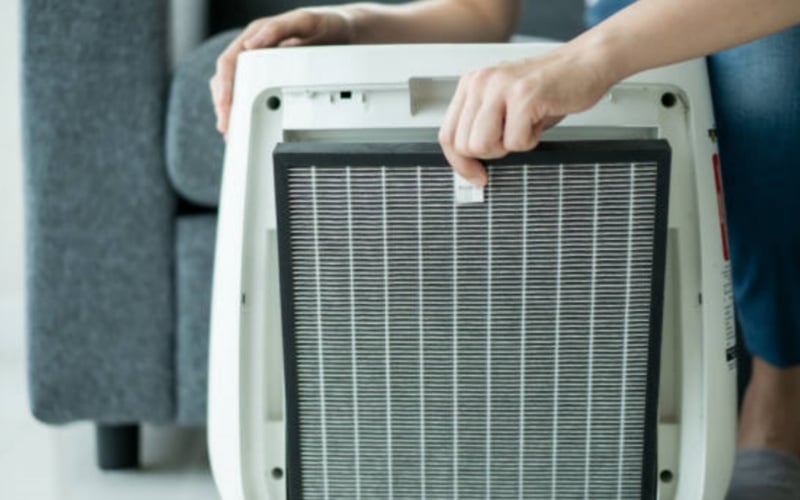Introduction
As technology advances, the need for efficient heat dissipation in electronic devices becomes increasingly important. One effective solution that has gained popularity in recent years is the liquid cold plate heat sink. This innovative cooling mechanism offers numerous advantages over traditional air-cooled heat sinks. In this article, we will explore the advantages of liquid cold plate heat sinks and why they are becoming the preferred choice for keeping electronic components cool.
1. Enhanced Heat Transfer
Unlike air-cooled heat sinks that rely on convection to dissipate heat, liquid cold plate heat sinks utilize liquid coolant to directly absorb and carry away thermal energy. This method enables significantly higher heat transfer rates, resulting in more efficient cooling of electronic components. By efficiently removing heat, liquid cold plate heat sinks help prevent thermal throttling and prolong the lifespan of sensitive electronic devices.
2. Improved Thermal Uniformity
One of the key advantages of liquid cold plate heat sinks is their ability to provide uniform cooling across the entire surface area. The liquid coolant spreads evenly throughout the cold plate, ensuring consistent temperatures across the electronic components. This thermal uniformity reduces the risk of hotspots and eliminates temperature differentials that can negatively impact the performance and reliability of devices.
3. Compact Design of Liquid Cold Plate Heat Sink
Liquid cold plate heat sinks offer a compact design that is particularly advantageous in space-constrained applications. Compared to bulky air-cooled heat sinks, liquid cold plate heat sinks can be designed to fit the specific dimensions and form factors of electronic devices, allowing for efficient cooling without occupying excessive space. This compactness is especially beneficial in industries like automotive, aerospace, and telecommunications.
4. Noise Reduction
Traditional air-cooled heat sinks often rely on fans or blowers to dissipate heat, resulting in audible noise levels. Liquid cold plate heat sinks, on the other hand, operate silently since there are no moving parts involved in the cooling process. This noise reduction is particularly advantageous in applications where quiet operation is essential, such as medical equipment, audio systems, and data centers.
5. Lower Operating Temperatures of Liquid Cold Plate Heat Sink
By efficiently removing heat from electronic components, liquid cold plate heat sinks help maintain lower operating temperatures. Cooler temperatures translate to improved device performance, increased reliability, and reduced risk of thermal-induced failures. Additionally, lower operating temperatures contribute to energy savings as devices require less power to maintain optimal performance.
6. Compatibility with High Power Density Applications
With the continuous miniaturization and increasing power density of electronic devices, the demand for effective cooling solutions has grown. Liquid cold plate heat sinks are well-suited for high power density applications as they can handle higher heat dissipation requirements compared to air-cooled heat sinks. This compatibility enables the efficient cooling of power-hungry devices such as high-performance computing systems, electric vehicles, and advanced industrial machinery.
7. Scalability and Flexibility
Liquid cold plate heat sinks offer scalability and flexibility in cooling solutions. They can be easily customized to accommodate various shapes, sizes, and configurations of electronic components. This adaptability ensures optimal heat dissipation and enables easy integration into existing systems. Liquid cold plate heat sinks also allow for the incorporation of multiple coolant loops, enabling efficient cooling of multiple heat sources simultaneously.
8. Environmental Friendliness
Compared to air-cooled heat sinks that rely on high energy consumption and generate significant amounts of noise and vibrations, liquid cold plate heat sinks are more environmentally friendly. Their energy-efficient operation helps reduce power consumption, while the absence of moving parts eliminates noise pollution. Additionally, liquid coolants used in cold plate heat sinks can be chosen to be environmentally sustainable, further reducing the ecological impact.
9. Longevity and Reliability
Due to their efficient heat transfer capabilities, liquid cold plate heat sinks contribute to the longevity and reliability of electronic devices. By ensuring optimal operating temperatures and preventing thermal stress, these heat sinks help extend the lifespan of components, reducing the need for frequent repairs or replacements. This enhanced durability results in cost savings and improved overall performance.
10. Cost-effectiveness
While liquid cold plate heat sinks may have a higher upfront cost compared to air-cooled heat sinks, their long-term cost-effectiveness is undeniable. The improved cooling efficiency, reduced energy consumption, and extended lifespan of electronic components result in significant savings over time. Additionally, the compact design of liquid cold plate heat sinks allows for space optimization, further reducing overall system costs.

